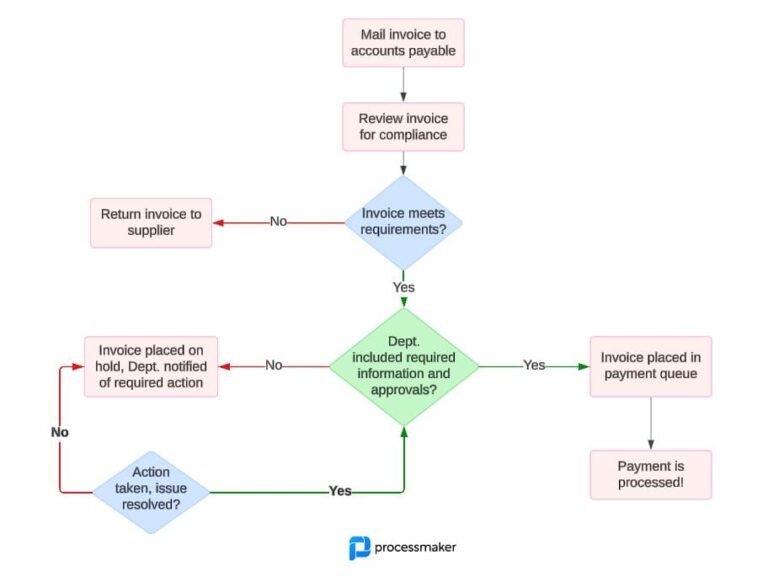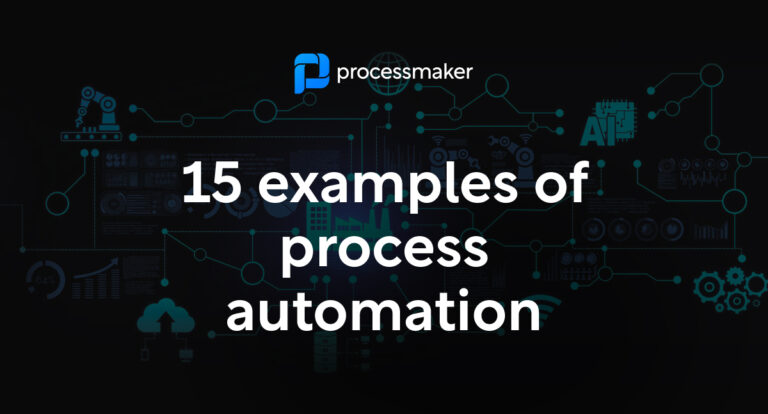Time is a critical factor for transfer students seeking potential universities. The days of in-person applications that took weeks or even months are long gone. In our digitalized world, students expect instant responses and services. When these expectations are not met, they are more likely to seek alternative options.
Research shows that over a third of prospective applicants prefer to complete their admissions and financial aid paperwork online. Students desire greater clarity regarding required documents, timely updates on their application status, and a quicker decision-making process.
So, how can we reduce the transfer process duration and ultimately boost enrollment rates?
Enrollment rates are affected by the speed of transfer processes
Admissions decisions, financial aid grants, and course registration often depend on the course transfer for both new and returning students.
A study by DocuSign reveals that universities still relying on manual processes risk losing 66% of students who opt for other institutions while awaiting decisions. Moreover, 82% of students would have returned to their first choice if they had received timely communication. Shockingly, 47% of students refrain from applying to institutions with complicated application processes.
These findings underscore the critical importance of efficient internal and external communication, as well as streamlined transfer processes. Inefficiencies in these areas may lead students to rethink their choices in educational institutions.
How are credit transfer processes done historically?
Transfer credit equivalency processes have historically been conducted manually, which can often lead to inefficiencies and errors. In the past, these processes typically involved extensive paperwork, with records being maintained entirely on paper.
Some universities, in an effort to modernize, have started using document management systems to register course equivalencies. However, even with these systems in place, the reliance on spreadsheets and the practice of sending information through emails have largely replaced handwritten records. This method, while an improvement, still falls short of a fully integrated digital solution that could streamline the process, enhance accuracy, and improve communication between institutions.
As the higher education landscape continues to evolve, there is a growing need for more efficient and automated systems to manage transfer credit equivalency effectively.
A new generation of workflow automation

Business Process Automation tools like ProcessMaker significantly reduce the duration of credit transfer processes. This innovative software harnesses Machine Learning and AI, making the automation experience seamless and user-friendly, even for staff without a technical background.
Automatic workflows streamline the mapping of old courses to new ones at the university, efficiently directing relevant courses to the appropriate professors for quick review and selection of equivalent courses—all achievable within seconds on their smartphones. This transformation shortens the entire process to less than a week, a remarkable improvement from the traditional 4-6 week manual method.
Additionally, the platform is highly customizable to meet the unique needs of each institution. It features a user-friendly transfer credit evaluation dashboard and straightforward views tailored for transfer approvers, such as faculty members.
Benefits of automating student transfer processes
- Save time. By streamlining processes and leveraging technology, tasks can be accomplished more efficiently. This enables educators and administrators to concentrate on teaching and student engagement instead of administrative burdens. Simultaneously, students will receive quicker responses, creating a smoother experience for them as well.
- Reduce errors. Implementing systematic approaches and automated solutions minimizes the likelihood of mistakes, ensuring accuracy in data management and communication.
- Optimize resources. Effective management of resources, including time, personnel, and materials, enables institutions to make the most out of their available assets.
- Improve student and staff satisfaction. Creating an environment where enrollment and transfer processes are efficient contributes to higher levels of satisfaction for both students and staff. This will create a lasting positive experience
Examples of educational institutions that improved processes with automation
CUNY School of Law effectively digitized and automated its Admissions Office and Human Resources workflows using ProcessMaker’s cloud-based platform via Amazon Web Services. This transformation led to increased transparency, accountability, and significant cost savings. The university is now more agile in responding to student and staff requests, providing an improved cross-campus experience.
2. The National University of Colombia
The National University of Colombia revolutionized its Human Resources Division by implementing ProcessMaker’s automation platform. This integration allowed the unification of business processes across five distinct areas within the institution, fostering a more streamlined and efficient workflow. The solution not only enhanced the control and security of processes, but it also addressed issues concerning the management of requests, hiring and onboarding new employees, and document storage – ultimately driving a significant positive change to their overall operational excellence.
Tulsa Community College transformed its operations through ProcessMaker’s automation platform, replacing outdated paper-based methods with efficient digital processes across its multi-campus systems and departments. As a result, TCC now enjoys streamlined procedures for graduation applications, system access requests, staff reviews, and leave approvals, significantly saving time. ProcessMaker’s seamless integration with TCC’s existing systems has enhanced inter-departmental workflows, positively influencing staff workloads and enriching the overall student experience.
Bottom line
Automating credit transfer processes is crucial for educational institutions aiming to enhance student satisfaction and improve enrollment rates. ProcessMaker’s solution not only simplifies these complex procedures but also fosters a more efficient and transparent experience for both administrators and students. By automating the transfer credit evaluation, institutions can save valuable time and resources, allowing them to focus on what truly matters: supporting student success and facilitating smoother transitions. Discover how ProcessMaker’s solution can streamline credit transfer processes by exploring our informative webinar.





